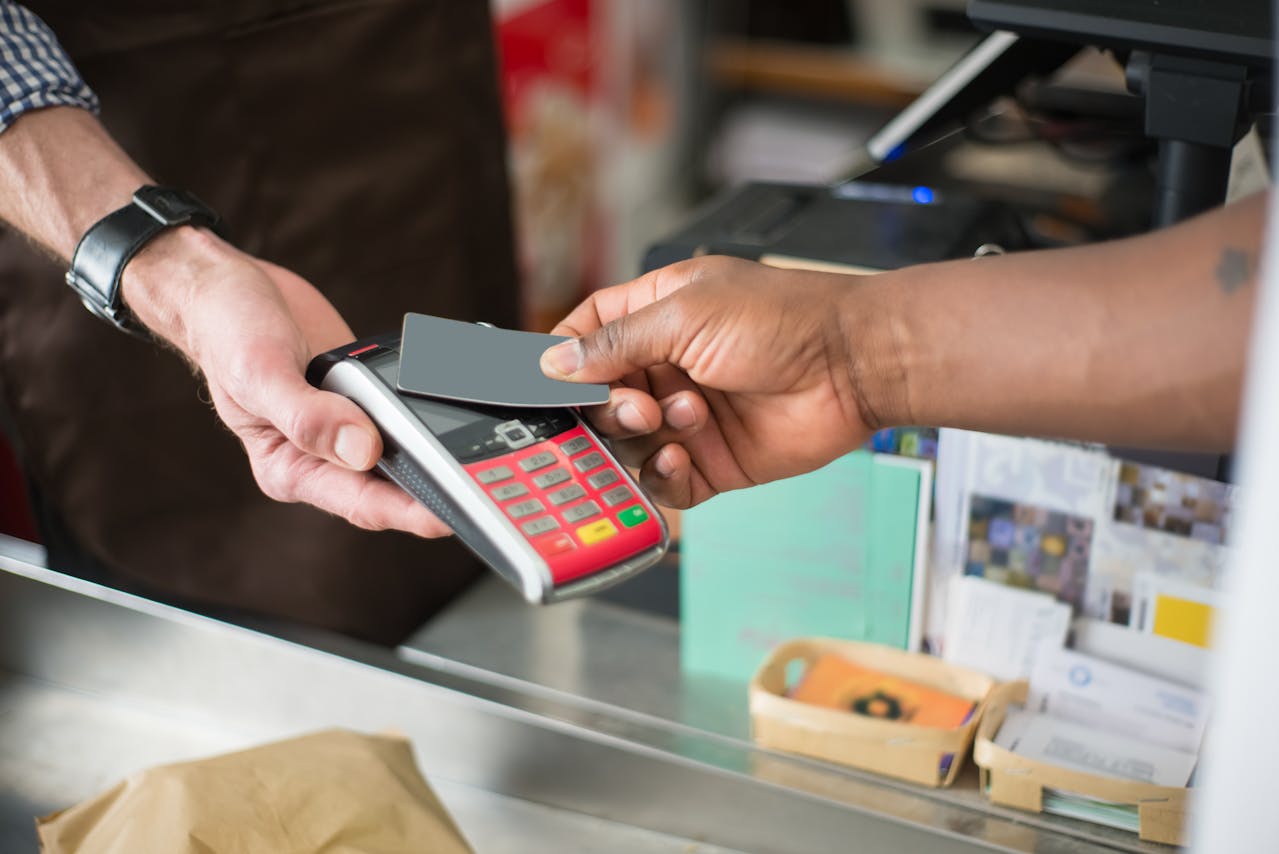

Southeast Asia is going through a rapid digitalization boom, becoming the fastest-growing digital economy in the Asia Pacific region. During the COVID-19 pandemic, 60 million people in Southeast Asia became digital consumers, and this uptake in technology drove the growth of e-commerce in the region. Digital consumer growth in the region contributed to the industry’s estimated value of 200 billion US dollars in 2022.
According to industry reports, the region’s projected GDP growth from 2022 to 2023 is expected to outpace the Chinese, European, and American markets. As the digital economy continues to accelerate in Southeast Asia, consumer trends in 2022 illustrate that rapid digitalization has driven the evolution of buying behaviors across the region.
What can retailers expect from Southeast Asia’s digital consumer growth, and how can businesses keep up with evolving preferences and habits? We examine opportunities for expansion in the region’s e-commerce industry and how other sectors can take advantage of the latest consumer trends.

The e-commerce industry in Southeast Asia is expected to grow at a rate of 15% annually through 2025. According to reports, e-commerce sales are rising, with average transactions growing from 52 US dollars to 56 US dollars across different categories. Despite the slow rate of e-commerce adoption in Southeast Asia in 2022, heavy reliance on online shopping remains among digital consumers in the region.
As explained in a YCP Solidiance insight article, the e-commerce industry can see more direct-to-consumer (D2C) brands emerge in the retail space. These businesses are not only able to personalize their relationship with consumers – they can also provide more personal experiences to enhance their product offerings. In line with this, an omnichannel approach will also be beneficial for businesses. This way, they can offer a seamless online-to-offline shopping experience for consumers. Cross-border transactions are also expected to increase, giving businesses an opportunity to explore previously untapped markets.
Besides e-commerce, digital finance shaped some of the biggest consumer trends in Southeast Asia in 2022. This includes payments, lending, investments, and insurance products. Financial services led the offline-to-online shift during the pandemic, and by offering more inclusive products and services, the industry can maintain a healthy growth rate.
With digitalization as an engine of growth for Southeast Asia, digital adoption is slowly moving toward normalization instead of acceleration. Still, emerging technologies such as the metaverse and other AI-powered solutions present opportunities for retailers to offer more immersive and personalized shopping experiences for digital consumers. Enabling more payment schemes by partnering with digital banks or e-wallets can also allow retailers to gain a market advantage in the region.
E-commerce logistics will also need to be strengthened. As consumers become more particular about their online shopping habits and preferences, retailers must address opportunities to deliver their products more efficiently. Developing in-house warehouse and distribution systems and managing deliveries and returns effectively are important to adapting to consumer behaviors.
There are more ways to harness the digitalization boom in Southeast Asia, and these require stronger digital infrastructure, information security, and consumer policies. Cross-country collaborations must be pushed in order to broaden the landscape of Southeast Asia’s digital economy, and this cooperation can foster a more sustainable digital ecosystem in the region.

Digital Lending in Southeast Asia: Current Trends and Future Outlook
Digital lending in Southeast Asia (SEA) has been on an upward trajectory, significantly enhancing financial access for both individuals and businesses. The region's high internet and mobile penetration rates have facilitated this growth, enabling more people to access financial services conveniently. Governments across SEA are actively promoting digital lending as a means to improve financial inclusion, particularly for the underbanked and unbanked populations. For instance, digital lenders in countries like Indonesia and the Philippines have capitalized on the surge in internet usage to offer innovative lending solutions.

The Latest Trends and Developments in SEA’s Digital Payments Landscape
The adoption of digital payments in Southeast Asia (SEA) has accelerated, driven by technological advancements, government initiatives, and changing consumer behaviors. It has evolved from simple online transactions to sophisticated financial ecosystems that include various payment methods such as mobile wallets, QR code payments, and Buy Now Pay Later (BNPL) options.

Navigating the Digital Era: Future Jobs and Skills in the Age of Digitalization
The job market's transformation driven by digitalization highlights the need to understand emerging trends and acquire essential skills for thriving.

Navigating Key Challenges in Southeast Asia’s EV Market
Southeast Asia (SEA) finds itself at a crucial juncture in the journey towards electric vehicle (EV) production and adoption as the world transitions towards sustainable transportation solutions. The region has several significant keys for developing the EV industry, such as Indonesia's nickel supply and Thailand's EV manufacturing potential. However, the ASEAN EV industry faces many challenges and threats that must be overcome to ensure success in the region.